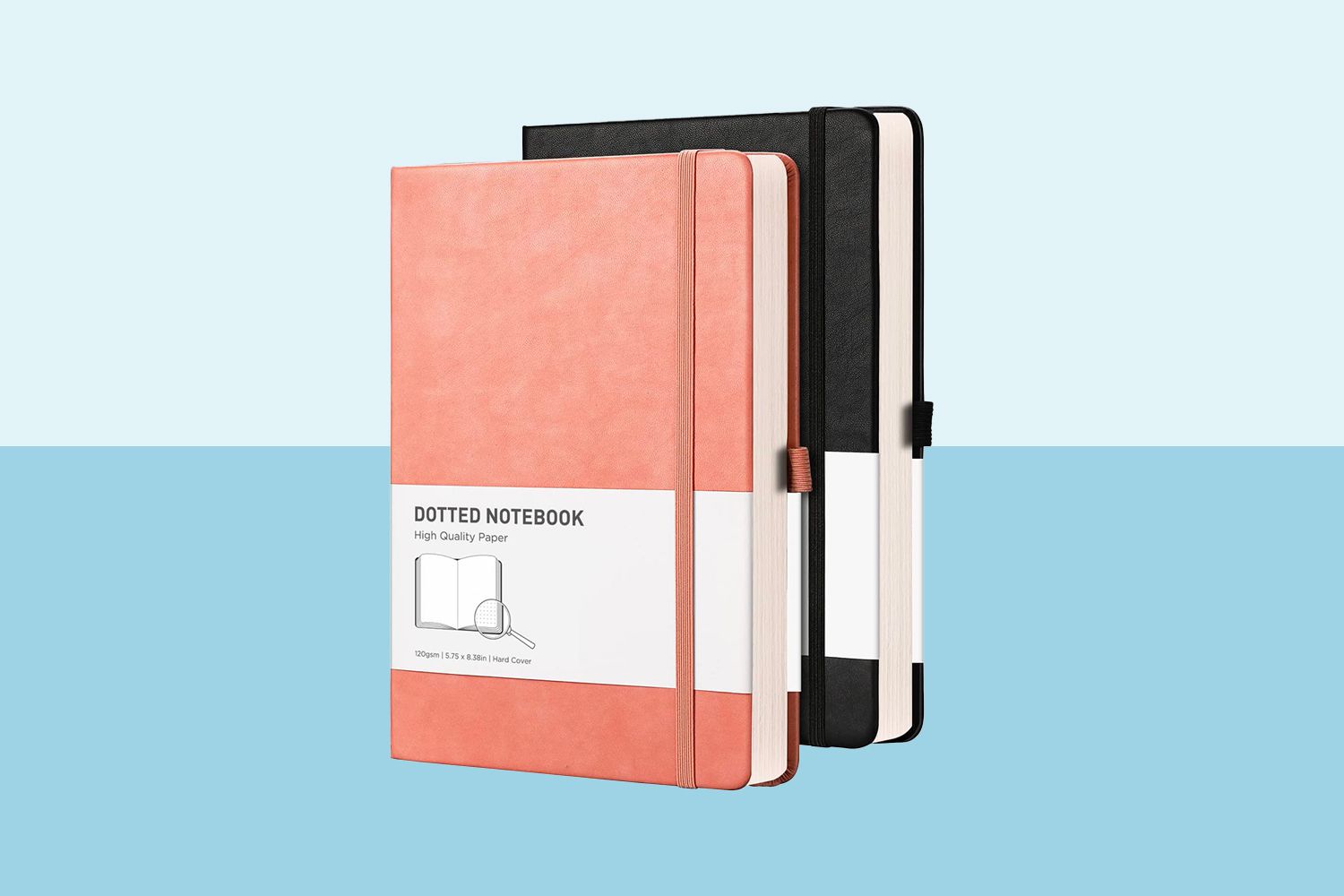To build a robot that scribbles on paper, you need basic components like motors, sensors, and microcontrollers. Programming the robot to move the motors in a controlled manner will enable it to draw on paper.
Creating a simple design with the necessary parts and writing the appropriate code will bring your scribbling robot to life. Whether you are a beginner or an experienced hobbyist, building a robot that can scribble on paper can be a fun and rewarding project.
In this guide, we will explore the steps and components required to create your own drawing robot. By following these instructions, you can unleash your creativity and technical skills to build a unique and functional scribbling robot.

Credit: www.wired.com
The Basics Of Scribble Robot
Learn how to build a Scribble Robot that creates unique patterns on paper in this step-by-step guide. Discover the basics of robot construction and unleash your creativity with this fun and engaging project.
| Key Components Required: |
| 1. Motor 2. Battery 3. Switch 4. Marker 5. Wheels |
Understanding Robot Mechanics
Discover the fundamentals of robot mechanics and learn how to construct your own robot that can effortlessly scribble on paper. Explore the step-by-step instructions and unleash your creativity with this engaging DIY project. Let your robot express itself through art!
| Understanding Robot Mechanics |
| Principles of Robot Movement |
| Mechanical Design Considerations |
Programming The Scribble Robot
Building a scribble robot requires the right microcontroller for precision. Select a microcontroller capable of handling the motor control and sensor input. Program the robot for simple movements to start with, then gradually introduce more complex actions. Use code to control the robot’s speed, direction, and pen movement. Test the robot’s movements to ensure it writes effectively on paper. By fine-tuning the programming, the scribble robot will produce intricate patterns and designs. Continuously tweak the code to optimize the robot’s performance.
Power And Energy Sources
The power and energy sources for building a robot that scribbles on paper are vital factors to consider. There are several types of power sources that can be utilized in this process, including batteries, solar panels, and electric power outlets. Each power source has its own advantages and disadvantages. Batteries provide portability and convenience, allowing the robot to move freely without being tethered to a power outlet. Solar panels, on the other hand, harness the energy of the sun to power the robot, making it an eco-friendly option. Electric power outlets provide a constant source of energy but limit the robot’s mobility. It is important to consider efficient energy management, which involves optimizing the robot’s power consumption to ensure that it operates effectively. By choosing the right power source and implementing efficient energy management techniques, you can successfully build a robot that scribbles on paper.
Sensors And Feedback Systems
In building a robot that scribbles on paper, sensors play a crucial role in its functionality. Proximity sensors are implemented to detect the distance between the robot and the paper, ensuring that it remains in contact with the surface. These sensors enable the robot to navigate and adjust its position accordingly, avoiding any potential collisions or mistakes. Furthermore, an incorporated feedback loop allows the robot to receive real-time information about its movements and adjust its actions accordingly. By incorporating sensors and a feedback loop, the robot can accurately interpret and respond to its environment, allowing it to scribble on paper with precision. This combination of hardware and software integration enables the robot to carry out its intended task effectively and efficiently.

Credit: www.wired.com
Fine-tuning The Scribbling Process
When adjusting the scribbling mechanism, it’s important to optimize linear and curved movements. By fine-tuning the process, you can ensure that the robot effectively scribbles on paper, creating precise and accurate patterns.
Exploring Creative Possibilities
Creating a robot that scribbles on paper involves experimenting with various drawing tools. It is essential to explore artistic programming techniques to achieve unique and creative results. By combining different tools and techniques, you can unlock endless possibilities for robotic artwork.

Credit: www.amazon.ae
Challenges And Troubleshooting
| Challenges and Troubleshooting |
|---|
| Common Issues and Solutions |
Enhancing scribble precision can be achieved by calibrating the robot accurately. Inconsistent scribbling can often be due to loose connections that need to be secured. Regular maintenance of the robot can prevent motor malfunctions, ensuring smooth scribbling.
Adjusting the pressure of the scribbling tool and testing different materials can also improve accuracy. Ensure that the paper is securely positioned to avoid slippage during scribbling. Regularly check for any blockages in the scribbling mechanism to avoid disruptions.
Conclusion
In crafting your own robot that can scribble on paper, you’ve tapped into a fascinating intersection of technology and creativity. With a blend of DIY spirit and technical know-how, you’ve taken a significant step toward bridging the gap between human expression and machine precision.
As you continue to experiment and refine your creation, the possibilities are endless for leveraging this innovation in a variety of applications. Whether for educational purposes, artistic endeavors, or practical tasks, the robot you’ve constructed holds immense potential to add value and ingenuity to the world around you.









